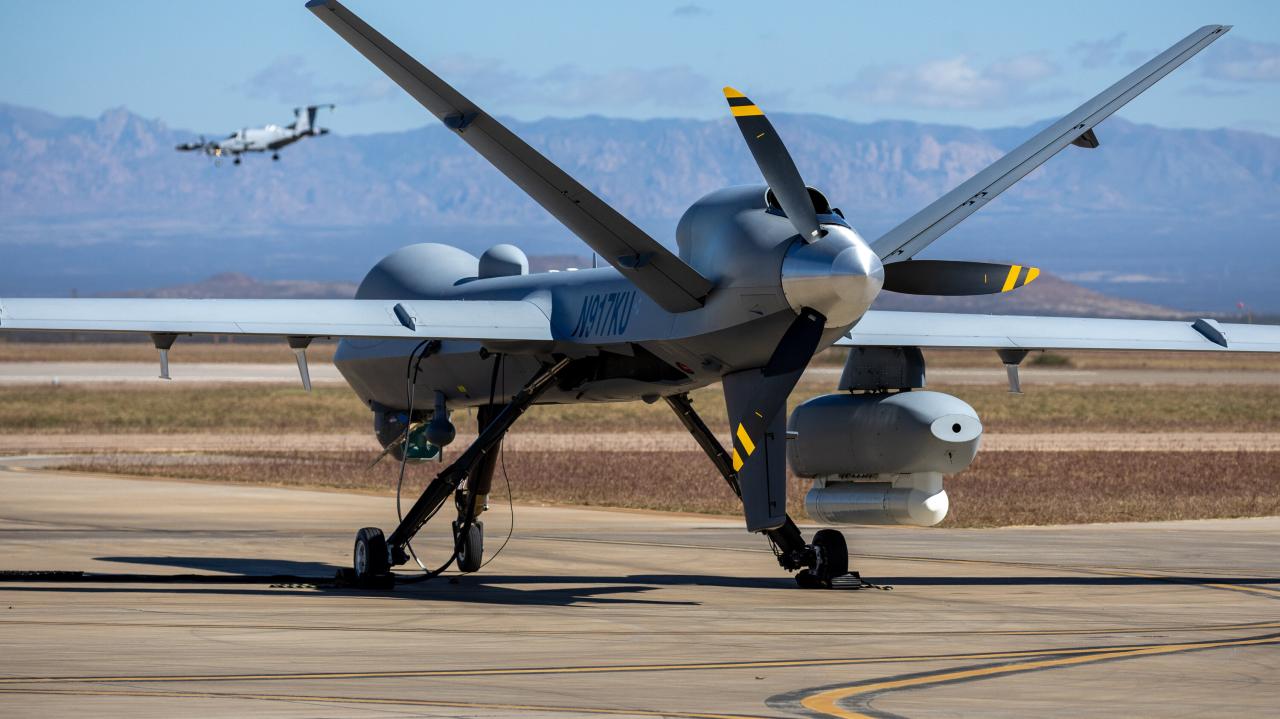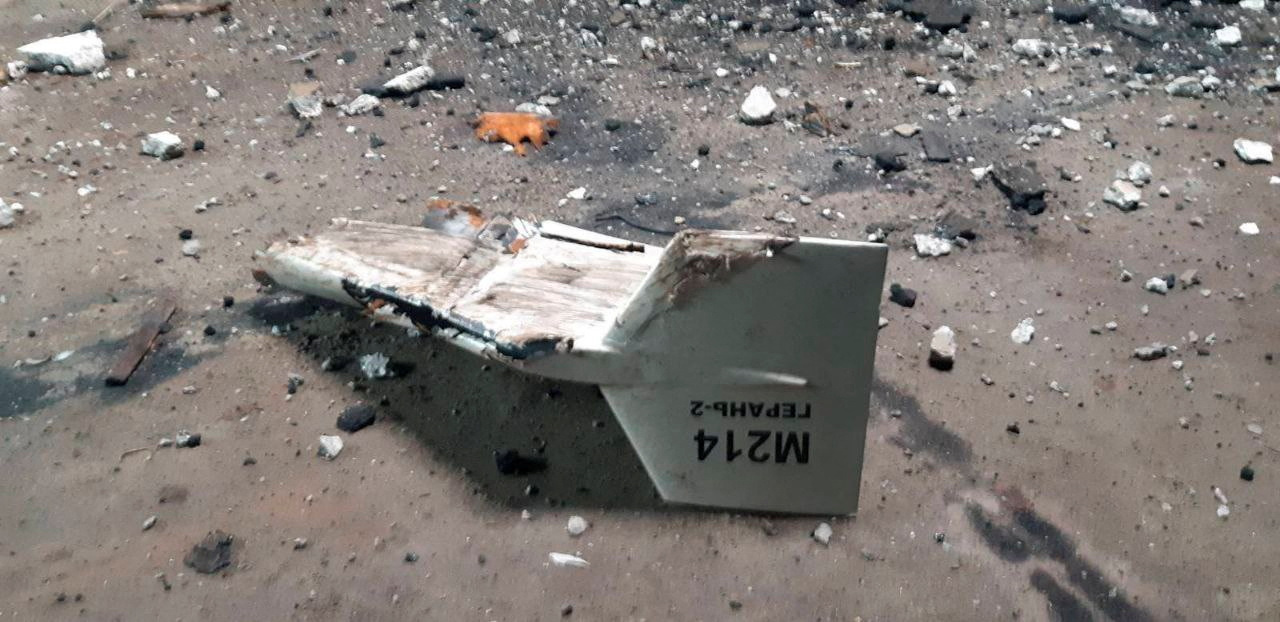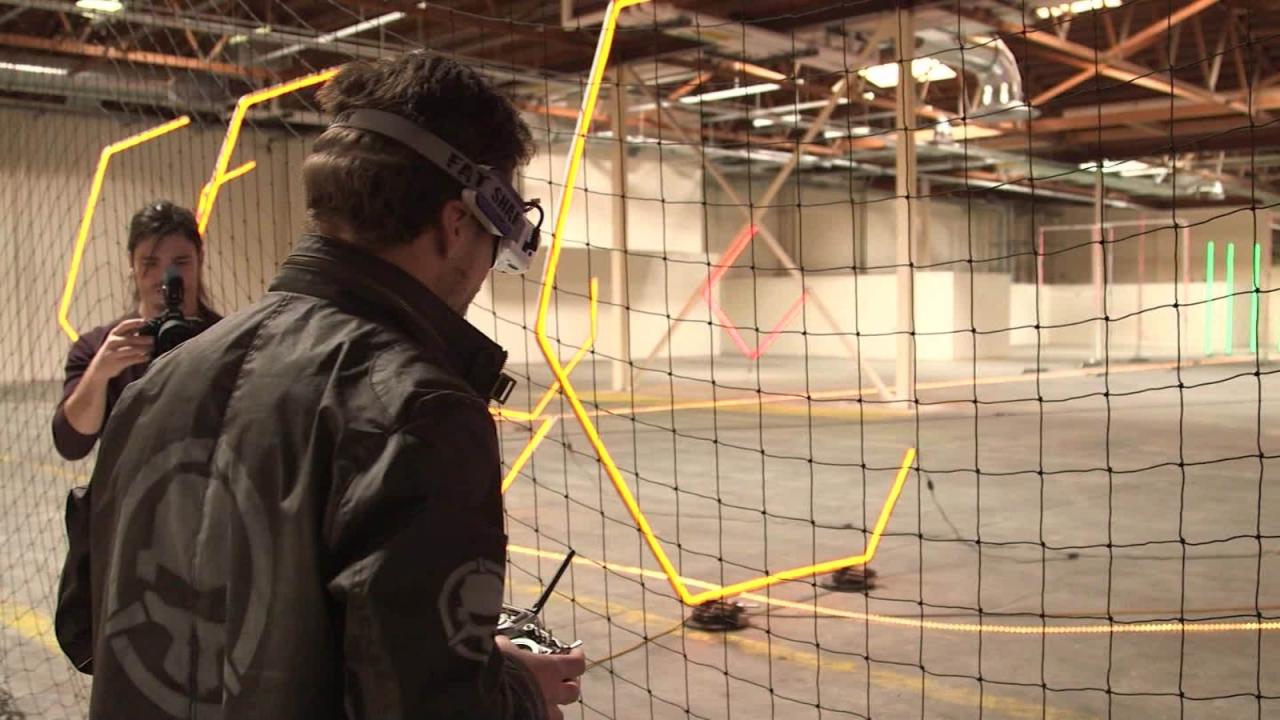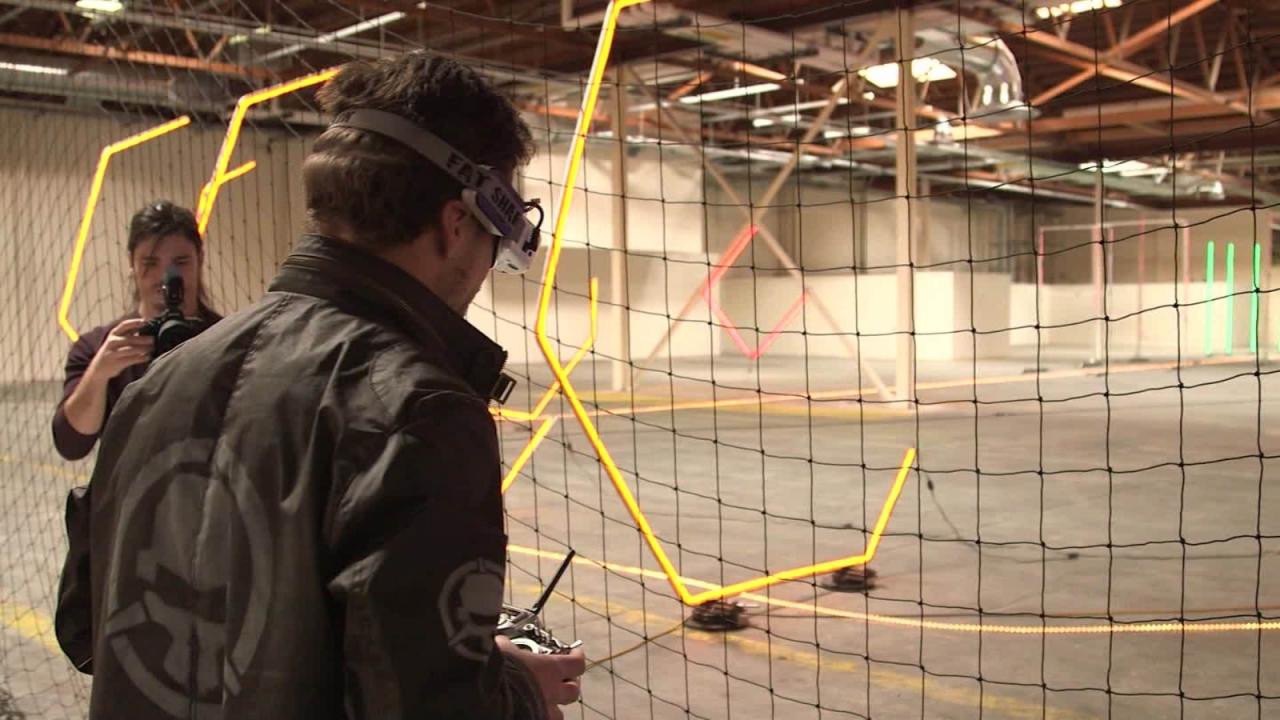Drone shot down in NJ – the headline alone sparks intrigue. This incident, unfolding in [Location in NJ] on [Date] at approximately [Time], involved a [Type of Drone, if known] and immediately raised questions about security, legality, and the ever-evolving landscape of unmanned aerial vehicles. The swift response from various agencies, including [mention one or two key agencies], highlights the seriousness of the situation and the complexities involved in investigating such events.
Understanding the circumstances surrounding this incident requires careful examination of the timeline, the motivations of those involved, and the broader implications for both public safety and national security.
The subsequent investigation, involving a coordinated effort between federal, state, and local authorities, aimed to determine the precise sequence of events, identify the drone operator, and ascertain the underlying reasons for the drone’s downing. This process involved analyzing flight data, witness testimonies, and applying relevant laws and regulations governing drone operation in New Jersey and across the nation. The incident also prompted a wider discussion about the responsible use of drones, the potential for misuse, and the need for robust security protocols to mitigate future risks.
Drone Shot Down in New Jersey: An Analysis: Drone Shot Down In Nj
The recent incident involving a drone shot down in New Jersey has raised significant concerns regarding airspace security, legal ramifications, and public perception of unmanned aerial vehicles (UAVs). This report delves into the details surrounding the incident, examining the involved parties, potential motives, legal aspects, and implications for future drone regulations and safety protocols.
Incident Details
While specific details may be limited pending the ongoing investigation, a preliminary understanding of the event can be constructed. Reports suggest a drone was shot down in a residential area of [Location in New Jersey – replace with actual location if available, otherwise use a generic location like “Northern New Jersey”]. The incident occurred on [Date] at approximately [Time].
The type of drone involved remains unconfirmed, though initial reports suggest a [Type of drone – replace with speculative type if information is unavailable, e.g., “small, commercially available quadcopter”]. A timeline of events might include the drone’s initial flight path, its detection, the decision to shoot it down, and the immediate aftermath, including any damage or injuries sustained.
Authorities Involved

Multiple agencies likely responded to the incident, including local law enforcement (e.g., [Specific Local Police Department]), the New Jersey State Police, the Federal Aviation Administration (FAA), and potentially the FBI, depending on the investigation’s trajectory. The FAA would be responsible for investigating potential violations of airspace regulations, while law enforcement agencies would focus on determining the drone operator’s identity and motives.
The FBI might become involved if national security implications emerge. Communication protocols would likely involve established emergency response channels and inter-agency coordination procedures.
| Agency | Action | Time | Outcome |
|---|---|---|---|
| [Specific Local Police Department] | First responders to the scene; secured the area; collected initial evidence. | [Time] | Area secured; initial evidence collected. |
| New Jersey State Police | Assisted local law enforcement; conducted preliminary investigation; initiated search for drone operator. | [Time] | Preliminary investigation underway; search for operator initiated. |
| FAA | Investigated airspace violations; reviewed flight data; determined if any regulations were broken. | [Time] | Investigation ongoing; potential violations to be determined. |
| FBI (if applicable) | Investigated potential national security threats; analyzed drone’s capabilities and potential payload. | [Time] | Investigation ongoing; national security implications to be assessed. |
Potential Motives and Actors

Several motives could be considered. The drone might have been operating illegally, violating airspace restrictions near airports or critical infrastructure. Alternatively, the drone could have been used for malicious purposes, such as surveillance or even delivering a harmful payload. The actor could range from an individual operating a drone recreationally or for commercial purposes to a more organized group with malicious intent.
The implications for national security are significant, particularly if the drone was part of a larger, coordinated effort. The identity of the drone operator is crucial in determining the true motive and the appropriate legal response.
Legal and Regulatory Ramifications
Federal regulations, primarily governed by the FAA, dictate the permissible operation of drones. State laws may also impose additional restrictions. The legal consequences for shooting down a drone vary depending on the circumstances, potentially including fines, criminal charges, or civil lawsuits. Legal challenges might arise regarding the proportionality of force used to bring down the drone and the potential for violating the operator’s rights.
Precedent cases involving drone incidents will guide legal interpretations and outcomes.
Public Perception and Media Coverage
Public reaction to the incident likely varied, ranging from concern about airspace security to debate about the use of lethal force against an unmanned object. Media coverage likely presented diverse perspectives, including those of law enforcement, aviation experts, and civil liberties advocates. Social media discussions might have mirrored this range of opinions, with some expressing support for the action taken and others criticizing it.
A visual representation of public opinion could show an initial spike in concern, followed by a period of debate and a gradual settling of opinion as more information becomes available. This could be depicted as a line graph, with the y-axis representing the intensity of public sentiment and the x-axis representing time.
News of a drone shot down in New Jersey understandably raises concerns about airspace security. However, understanding the broader context is crucial; for instance, investigations into similar incidents might offer insights. You can find more information about resolving previous drone-related issues in New Jersey by checking out this resource on drones over new jersey solved.
This might help clarify the situation surrounding the recently downed drone and provide a clearer picture of the overall situation.
Technological Aspects
The specific technology used in the downed drone is crucial for the investigation. Understanding its capabilities, range, and potential payload is essential for determining the motive and the level of threat it posed. The methods of detection and targeting would also be analyzed, shedding light on the technology employed by those who shot it down. Comparing its capabilities to other commercially available models helps determine its potential uses and the level of sophistication involved.
Safety and Security Implications, Drone shot down in nj

Operating drones in populated areas presents inherent safety risks, including potential collisions with aircraft, people, or property. This incident highlights the security concerns related to unauthorized drone operation, especially near sensitive locations. Improving drone safety and security requires a multi-faceted approach, including stricter regulations, improved detection technologies, and public awareness campaigns. Recommendations for preventing similar incidents include:
- Strengthening drone registration and identification systems.
- Enhancing drone detection and tracking technologies.
- Implementing stricter penalties for violating drone regulations.
- Increasing public education on safe and responsible drone operation.
- Developing more effective counter-drone technologies.
The drone shot down in New Jersey serves as a stark reminder of the evolving challenges posed by unmanned aerial systems. The incident’s complexities – ranging from legal and regulatory ambiguities to the potential for both accidental and deliberate actions – underscore the need for clear guidelines, improved technological safeguards, and enhanced public awareness. While the investigation revealed [briefly summarize key findings, e.g., the likely operator, the reason for the drone being shot down], the incident’s long-term impact on drone regulations and public perception remains to be seen.
The case highlights the urgent need for a proactive approach to managing the risks and harnessing the benefits of drone technology responsibly.
FAQ Resource
What type of damage was caused by the drone before it was shot down?
This information would depend on the specifics of the incident and may not be publicly available immediately. Investigations often focus on determining if any damage occurred and the extent of it.
Were there any injuries reported as a result of the drone incident?
This would be determined during the investigation. Information about injuries would likely be released by authorities if any occurred.
What is the typical penalty for illegally shooting down a drone?
Penalties vary widely depending on the circumstances and jurisdiction, but could range from fines to imprisonment.
How common are drone incidents like this in New Jersey?
News reports of a drone shot down in New Jersey have sparked considerable interest. The incident prompted many to seek further information, leading them to resources such as this article detailing the event: nj drone shot down. Understanding the circumstances surrounding the downed drone in NJ is crucial for assessing potential risks and implementing appropriate safety measures.
The frequency of such incidents is difficult to definitively state without access to comprehensive data on all drone-related events. However, this incident highlights a potential need for increased monitoring and reporting of similar events.
